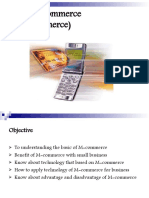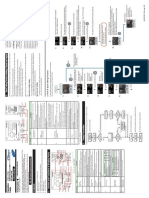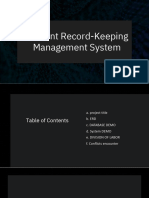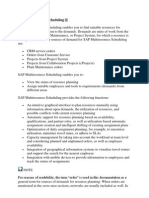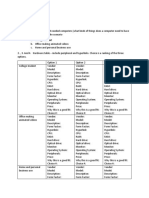0% found this document useful (0 votes)
47 views3 pagesChapter 7 MCommerce Expanded
Mobile commerce (M-Commerce) involves buying and selling goods through mobile devices, enhancing convenience and engagement for consumers. It has evolved from basic SMS services in the late 1990s to a sophisticated ecosystem driven by technology, including mobile banking and shopping apps. Despite its benefits, M-Commerce faces challenges such as security risks and compatibility issues, but is expected to grow significantly with advancements like 5G and augmented reality.
Uploaded by
devilabu17Copyright
© © All Rights Reserved
We take content rights seriously. If you suspect this is your content, claim it here.
Available Formats
Download as DOCX, PDF, TXT or read online on Scribd
0% found this document useful (0 votes)
47 views3 pagesChapter 7 MCommerce Expanded
Mobile commerce (M-Commerce) involves buying and selling goods through mobile devices, enhancing convenience and engagement for consumers. It has evolved from basic SMS services in the late 1990s to a sophisticated ecosystem driven by technology, including mobile banking and shopping apps. Despite its benefits, M-Commerce faces challenges such as security risks and compatibility issues, but is expected to grow significantly with advancements like 5G and augmented reality.
Uploaded by
devilabu17Copyright
© © All Rights Reserved
We take content rights seriously. If you suspect this is your content, claim it here.
Available Formats
Download as DOCX, PDF, TXT or read online on Scribd
/ 3















































